Cartesian coordinate system.
This new way of systematizing geometry and using the "X" and "Y" 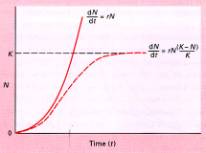 coordinates to graphically represent two numbers as related quantities changed people's views. Due to Descartes' analytical geometry perceptions changed. In literally what we see and figuraitvely what we measure changes in our ideas that originated in the use of perspective in paintings, gave rise to the physics of ballistics, mathematical advances, quantification in economics, and the the application of trigonometry to solving the navigational problem of discerning one's latitude (distance north or south of one's direction or bearing).
coordinates to graphically represent two numbers as related quantities changed people's views. Due to Descartes' analytical geometry perceptions changed. In literally what we see and figuraitvely what we measure changes in our ideas that originated in the use of perspective in paintings, gave rise to the physics of ballistics, mathematical advances, quantification in economics, and the the application of trigonometry to solving the navigational problem of discerning one's latitude (distance north or south of one's direction or bearing).
Any one of these inventions if widely employed would have changed the world, but by their standardization in each area of knowledge, their convergence led to a standardization of production, the mechanization of production and a mechanical world view.
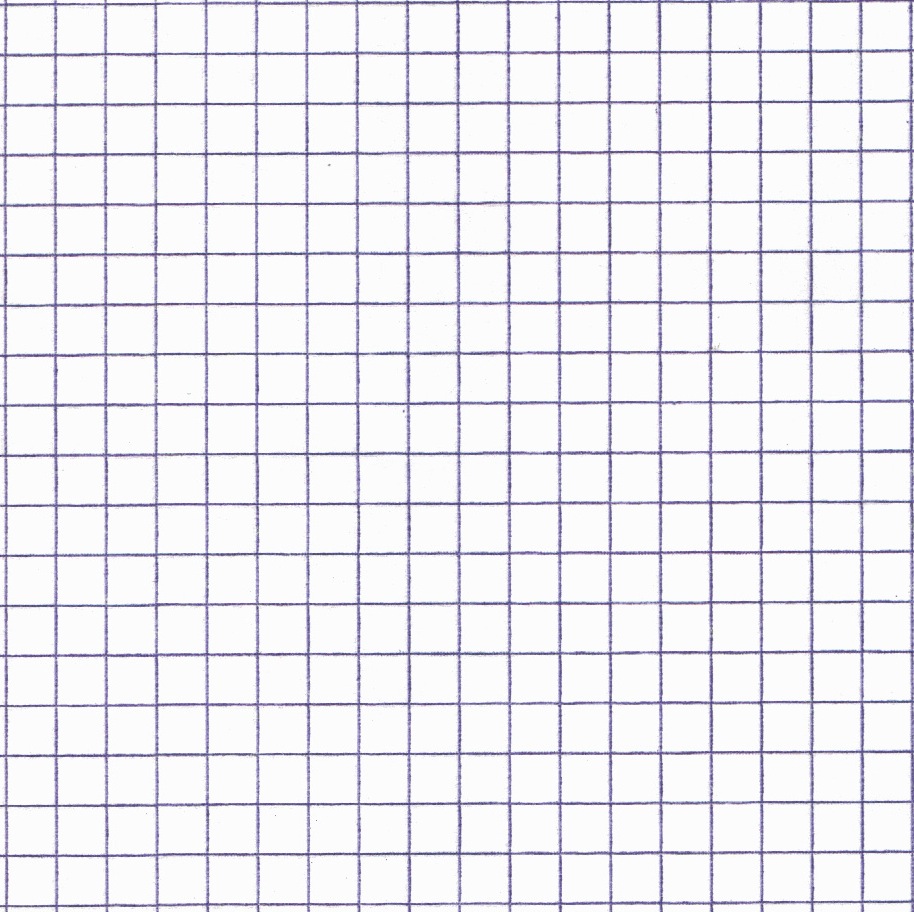

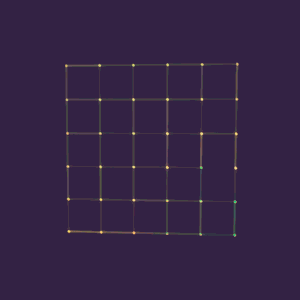
Mechanization would have been more difficult to adopt as well as adapt to had not the standardization of space and later the sequencing of time not become possible with advances in the making of gunpowder, compasses, printing, clocks, and mathematics. In that sense a rational world of organizing quantities and systematizing how to portray what we see enable the mechanization of society and the spread of a mechanical world view across cultures.
| Space is not uniform. |
Einstein's predicted curvature. |
 |
 |
|

|

|

Space, negative curvature
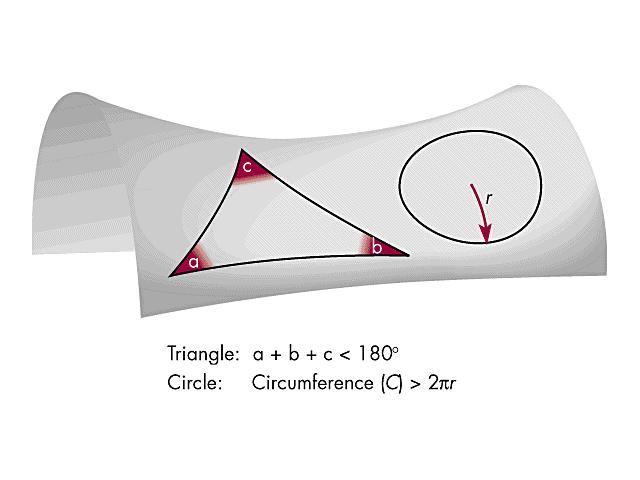
Perspective









Cartesian coordinate system
| Two dimensions |
Three dimensions |
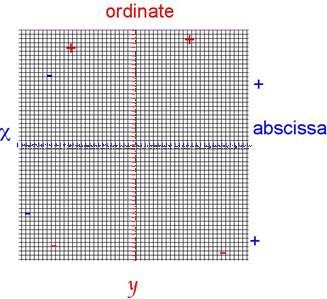 |
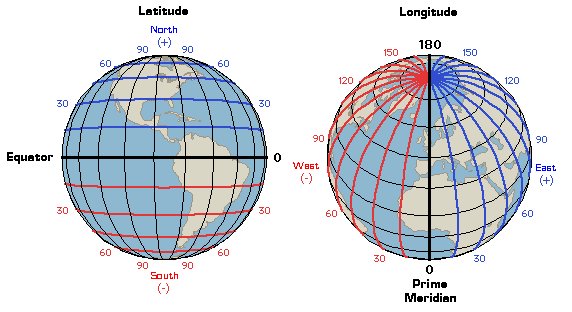 |
 |
Ancient chronometer



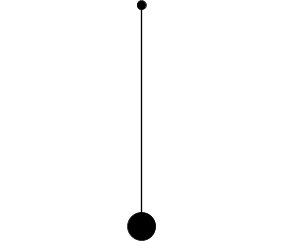

Mechanical clock, analog view of the cosmos is actually the application of Cartesian rationality to time.
Prague, Czech Republic.


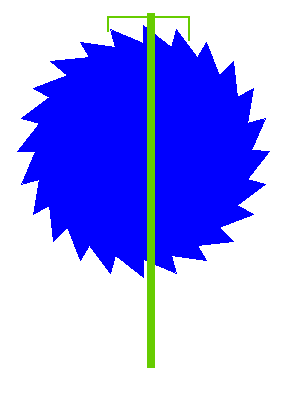
Automated world view

Analytical geometry was the work of René Descartes (31 March 1596 – 11 February 1650).

 coordinates to graphically represent two numbers as related quantities changed people's views. Due to Descartes' analytical geometry perceptions changed. In literally what we see and figuraitvely what we measure changes in our ideas that originated in the use of perspective in paintings, gave rise to the physics of ballistics, mathematical advances, quantification in economics, and the the application of trigonometry to solving the navigational problem of discerning one's latitude (distance north or south of one's direction or bearing).
coordinates to graphically represent two numbers as related quantities changed people's views. Due to Descartes' analytical geometry perceptions changed. In literally what we see and figuraitvely what we measure changes in our ideas that originated in the use of perspective in paintings, gave rise to the physics of ballistics, mathematical advances, quantification in economics, and the the application of trigonometry to solving the navigational problem of discerning one's latitude (distance north or south of one's direction or bearing).























